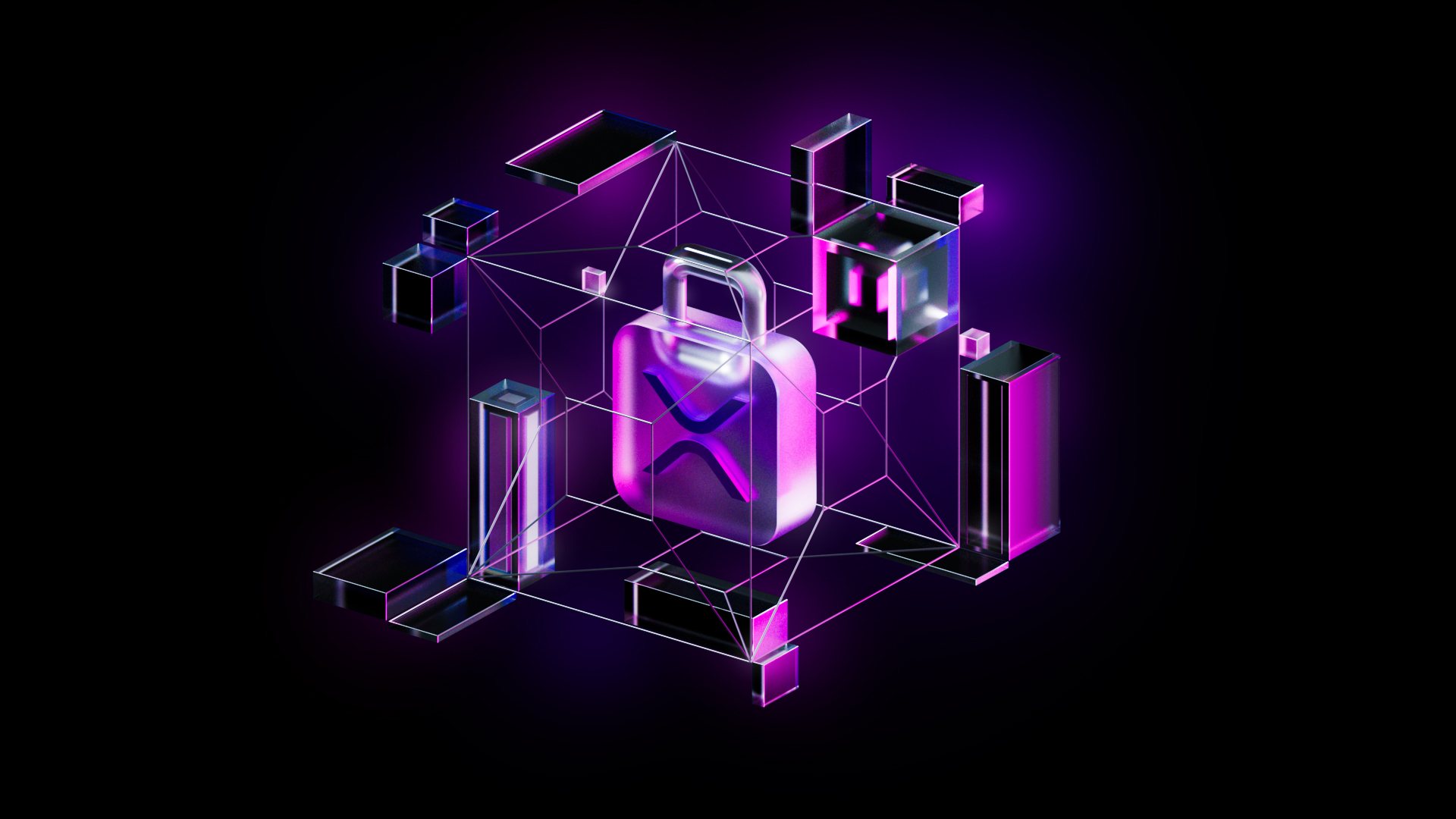The Missing Genesis Block: The XRP Ledger Early History
The world of blockchain technology has witnessed remarkable advancements, revolutionizing the way we transact and store value. Among the prominent players in this ever-evolving landscape is the XRP Ledger (XRPL), a powerful and widely-used blockchain network known for its native digital asset, XRP. However, behind the success of XRPL lies a peculiar mystery – the absence of a recorded Genesis Block. Unraveling this enigma sheds light on the early days of Ripple’s history, the significance of Genesis Blocks in blockchain networks, and the intriguing consequences of this unusual anomaly on the XRPL’s functionality and industry perception. In this exploration, we delve into the intricacies of XRPL’s missing Genesis Block, seeking to understand the implications it holds for investors, blockchain enthusiasts, and the future of this captivating blockchain platform.
To grasp the magnitude of the XRP Ledge’r (XRPL) situation regarding the missing genesis block, it’s crucial to first comprehend the role of genesis blocks in blockchain networks. Each blockchain consists of a series of blocks, each containing information related to transactions within the network. These blocks are stacked atop one another, forming a continuous chain of records. The very first block in this sequence is known as the Genesis Block, signifying the inception of the blockchain.
The Missing Genesis Block: XRPL’s Lost History
Regrettably, a mishap early in the XRPL’s history resulted in the loss of ledgers #1 through #32,569, creating a void in the recorded data. Consequently, the XRPL’s earliest available ledger starts from #32,570, leading to the unconventional notion of considering this as the de facto Genesis ledger.
Although the missing Genesis Block obscures the early days of Ripple’s history and the initial creation of all XRP tokens, it has not diminished the XRPL’s functionality, vitality, or longevity in the eyes of investors. The XRPL continues to operate smoothly, and investors remain confident in its capabilities.
Addressing the Hypothetical Scenario
To underscore the resilience of the XRPL, we can consider a hypothetical scenario where XRP tokens somehow appeared within the network. In such an event, the XRPL’s robust validation process would necessitate an accepted ledger before the appearance of XRP tokens and another accepted ledger after their appearance. All these ledgers would have to be signed by a majority of validators for acceptance.
The XRPL’s operation without a recorded Genesis Block sets it apart as an anomaly in the blockchain industry, sparking debates and controversies. Despite the safeguards in place to prevent issues, the absence of the Genesis Block continues to be a topic of interest and discussion within the cryptocurrency community.




